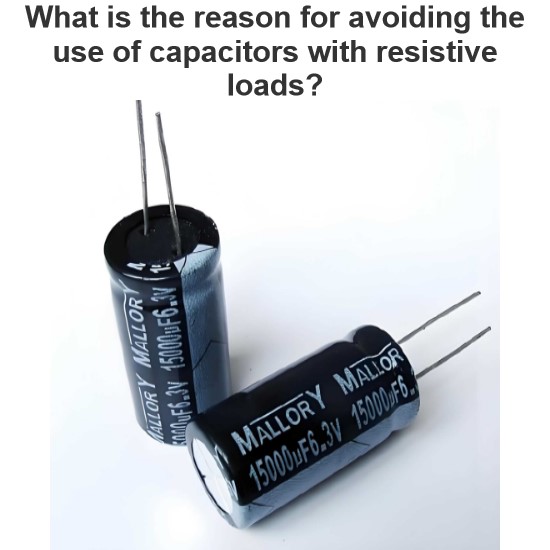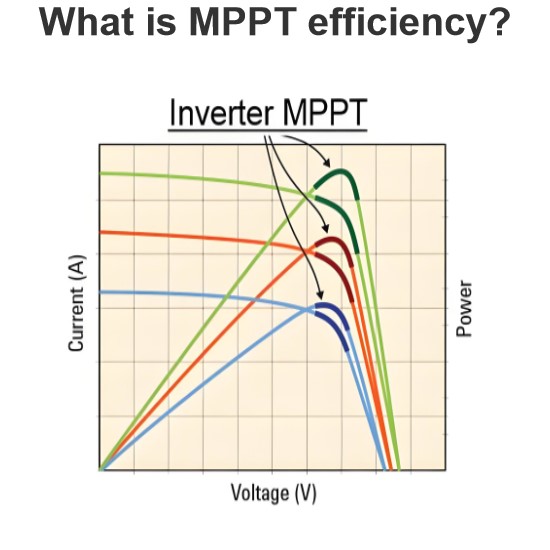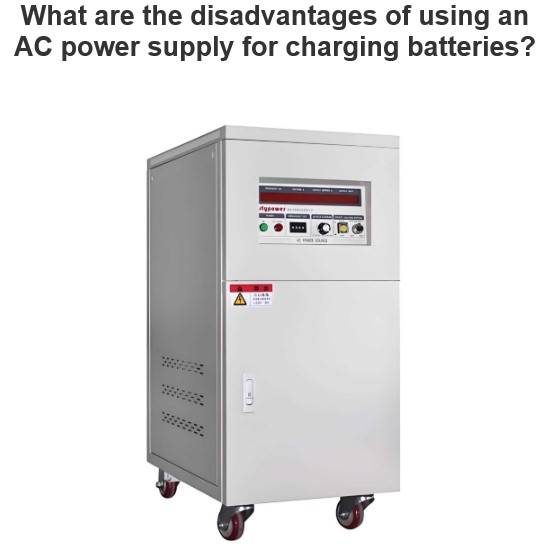How does inertia influence induction motor selection?
Inertia plays a crucial role in the selection of induction motors (Induction Motors), especially in applications involving dynamic response and starting performance. Here is a detailed explanation of how inertia affects the choice of induction motors:
1. Starting Performance
Inertia Affects Starting Time:
High-Inertia Loads: High-inertia loads (such as large flywheels, heavy machinery, etc.) require more time to reach rated speed. The induction motor must provide sufficient starting torque to overcome the inertia; otherwise, the starting time will be significantly increased.
Low-Inertia Loads: Low-inertia loads (such as lightweight machinery, small equipment, etc.) have shorter starting times and require less starting torque.
2. Acceleration and Deceleration Performance
Inertia Affects Acceleration and Deceleration Time:
High-Inertia Loads: High-inertia loads require more energy and time to accelerate and decelerate. The motor must provide enough torque to quickly accelerate or decelerate, otherwise, it may overheat or get damaged.
Low-Inertia Loads: Low-inertia loads require less time to accelerate and decelerate, and the motor can respond more quickly to speed changes.
3. Dynamic Response
Inertia Affects Dynamic Response:
High-Inertia Loads: High-inertia loads respond more slowly to speed changes, and the motor needs to have good dynamic response capabilities to adapt to load variations.
Low-Inertia Loads: Low-inertia loads respond more quickly to speed changes, and the motor can more easily maintain a constant speed.
4. Energy Consumption and Efficiency
Inertia Affects Energy Consumption and Efficiency:
High-Inertia Loads: High-inertia loads consume more energy during startup and acceleration, which can reduce motor efficiency.
Low-Inertia Loads: Low-inertia loads consume less energy during startup and acceleration, resulting in higher motor efficiency.
5. Control System Design
Inertia Affects Control System Design:
High-Inertia Loads: High-inertia loads require more complex control systems to manage the startup, acceleration, and deceleration processes, ensuring smooth operation.
Low-Inertia Loads: Low-inertia loads have simpler control systems and can use basic starting and speed control methods.
6. Motor Selection
Inertia Affects Motor Selection:
High-Inertia Loads: Choose motors with high starting torque and good dynamic response capabilities, such as high-starting-torque induction motors or motors with variable frequency drives (VFDs).
Low-Inertia Loads: Standard starting torque motors are usually sufficient, and complex control equipment is not necessary.
7. Thermal Effects
Inertia Affects Thermal Effects:
High-Inertia Loads: High-inertia loads generate more heat during startup and acceleration, and the motor needs to have good cooling performance to prevent overheating.
Low-Inertia Loads: Low-inertia loads generate less heat, and the motor's cooling requirements are relatively lower.
Summary
Inertia plays a significant role in the selection of induction motors, primarily affecting starting performance, acceleration and deceleration time, dynamic response, energy consumption and efficiency, control system design, and motor selection. When selecting a motor, it is essential to consider the inertia characteristics of the load to ensure the motor meets the application's requirements.
The Electricity Encyclopedia is dedicated to accelerating the dissemination and application of electricity knowledge and adding impetus to the development and innovation of the electricity industry.




